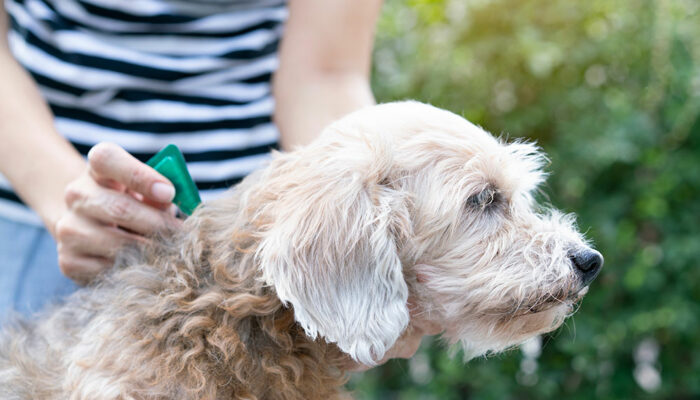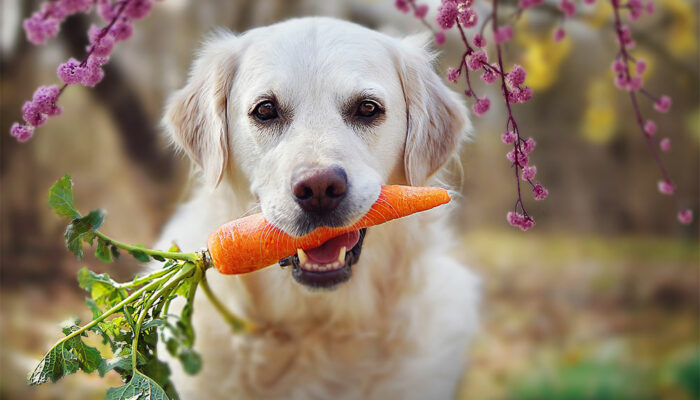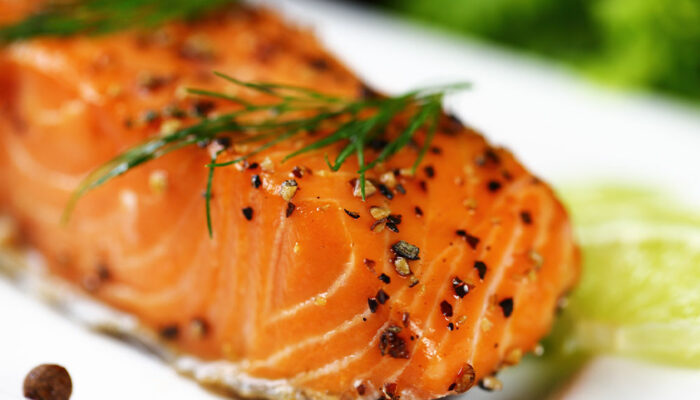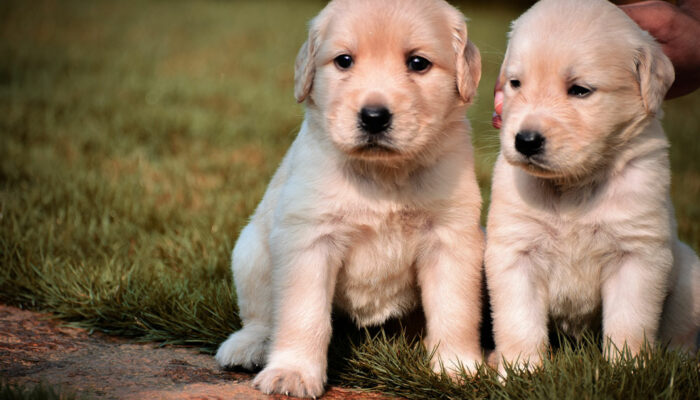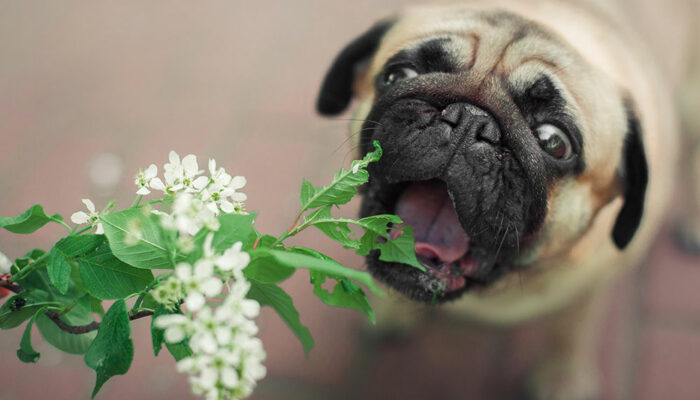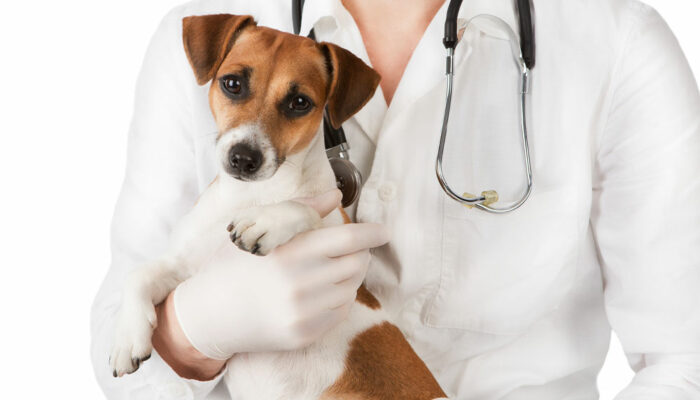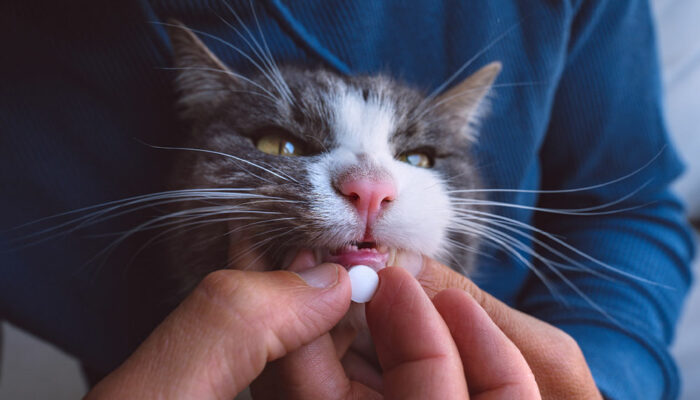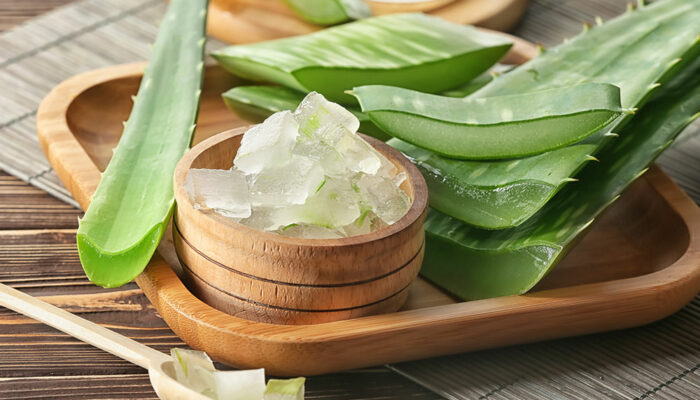
pets
11 popular plants that are toxic to dogs
For dog parents, there’s perhaps nothing more important than the well-being of their four-legged babies. From selecting the most nutritious pet foods to ensuring regular exercise and grooming, pet parents go all out to fulfill their responsibilities. However, certain unlikely foods and products may prove fatal to these adorable creatures, and pet parents must keep themselves up to date about these threats. Here’s a look at some plants that are toxic to dogs. Aloe vera While aloe vera may have healing properties for humans, its consumption may be toxic to dogs. Some side effects dogs may suffer upon ingesting aloe vera are vomiting, diarrhea, tremors, and even comatose in some instances. Therefore, it’s crucial to place aloe vera plants away from them. Daffodils If eaten, these mesmerizing spring flowers can cause several health issues among dogs, including low blood pressure, intestinal spasms, diarrhea, and, in some cases, cardiac arrhythmia. Sago palm This plant resembles a miniature palm tree and is popularly grown indoors as well as outdoors. However, sago palms can lead to seizures, diarrhea, liver failure, and other life-threatening conditions if ingested by a dog. While their leaves and barks are also harmful, their nuts and seeds are more toxic to our canine friends.
Read More 